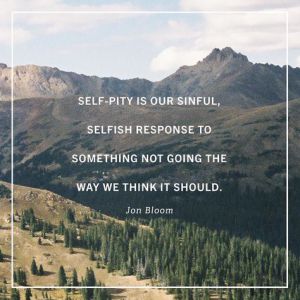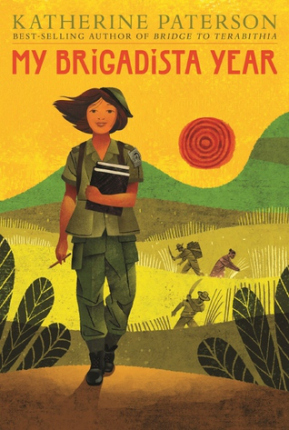
A television commercial for Jiff Peanut Butter serves as the inspiration for this article. A young boy asks his mother for a peanut butter sandwich and one for his friend, Charlie. (Turns out Charlie is his imaginary friend.) When the mother puts the sandwiches on the table, a bite has been taken out of Charlie’s. The young child excitedly says, “Look, mom, Charlie took a bite!” (The camera pans to the mother who is chewing something…) The tag line for the commercial is “Feed your imagination.”
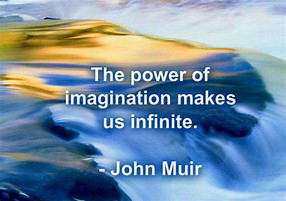
Imagination is the action or ability to create new ideas or to have concepts of objects that are not present in real life. When we use our imagination, we challenge our brain to be creative, innovative, resourceful, and ingenious. And, when we are creative, innovative, resourceful, or ingenious we are able to better deal with challenging situations, issues, problems – anything in which we find ourselves in need of coming up with something different to resolve a dilemma we may be having. (And, don’t we feel that unwanted or unexpected change often presents us with dilemmas we need to resolve and for which our usual problem solving methods may not work?)
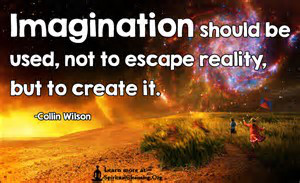
 Often when we are in the midst of an unwanted or unexpected change we may also be sad, angry, depressed, or frustrated and the last thing we want to be is creative or imaginative. So, what are some things we can do to feed our imagination that will help us move beyond our emotional response to what is going on and move to a positive resolution of what we are facing?
Often when we are in the midst of an unwanted or unexpected change we may also be sad, angry, depressed, or frustrated and the last thing we want to be is creative or imaginative. So, what are some things we can do to feed our imagination that will help us move beyond our emotional response to what is going on and move to a positive resolution of what we are facing?
Spend time with creative people. Have a friend who is creative? Spend some time talking and brainstorming possibilities. Visit a craft fair. During a recent visit to a craft fair, I found myself talking with many of the artisans about their creativity. One in particular, who turned old pot lids into snowman faces, was a wealth of information on how to get the creative juices flowing. Play with a child. Children are naturally unconventional thinkers and can come up with some pretty wild and imaginative takes on things.

Be curious about stuff. Children are not only unconventional thinkers but they are very imaginative because of their curiosity. Activate your inquisitive side and seek to know more about something. Learn and experience new and different things. Ask questions. Wonder more.
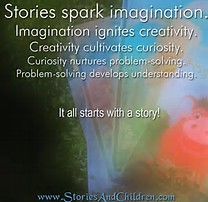
Read. Watch. Listen. Read books and began to wonder or imagine what is going on, what will happen next or what would have happened if only… Watch movies especially the special effects in some action films. Your imagination may just take hold as you try to figure how they came up with the idea for certain effects. Watching a movie in black and white can trigger the mind to wonder about colors, symbolism, and hidden meanings. Listen to music (classical music is a great means to feed the imagination), an inspirational speaker, a speech (TED talks are great for this).

Experience the arts. Create art or visit a gallery or an exhibit. Play an instrument or attend a concert. Dance or take dance lessons. Act or attend a play. Sing or attend a concert.
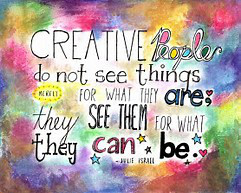
Participate in a workshop, conference, seminar, or other educational event. Anytime you can feed your brain new and different ideas or thoughts, the likelihood of your imagination getting fired up is pretty good.
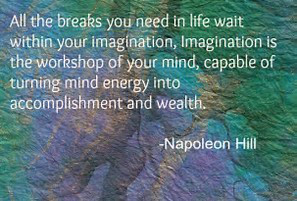
Daydream. Daydreaming is meditation for the creative side of our brain. When we daydream, we create a series of pleasant thoughts that distract our attention from what is currently going on. Daydreaming is the wishful creation of our imagination.
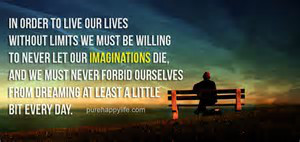
Relax. Rest yourself and your mind. A body and mind that is stress free and rested is better able to learn and more likely to be creative.

Experience something new and different. When we do or learn something new, we develop connections in our brain and these connections help grow both our intellectual and our creative sides. So, meet new people, travel to a new place, listen to a different genre of music or read a book by an author new to you. Eat a new food. Be adventuresome.

Practice seeing things differently. Look at common things with a new perspective. (Think of the crafter who created snowman faces with pot lids.) That different perspective may trigger different ideas which may feed your imagination.
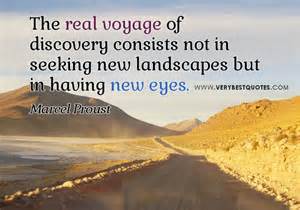
When we are dealing with unexpected or unwanted change and we are having trouble moving forward, imagine where you want to be or what you want to be in the changed environment. If we use our imagination (and feed it when it needs fueled) then the possibilities of our world become limitless. As the Anglo-Irish playwright and 1925 winner of the Nobel Prize for Literature George Bernard Shaw said, “Imagination is the beginning of creation. You imagine what you desire. You will what you imagine. And at last you create what you will.”
 Advertisements
Share this:
Advertisements
Share this:
